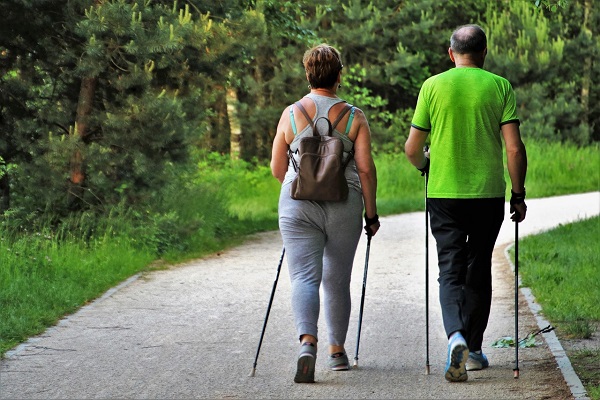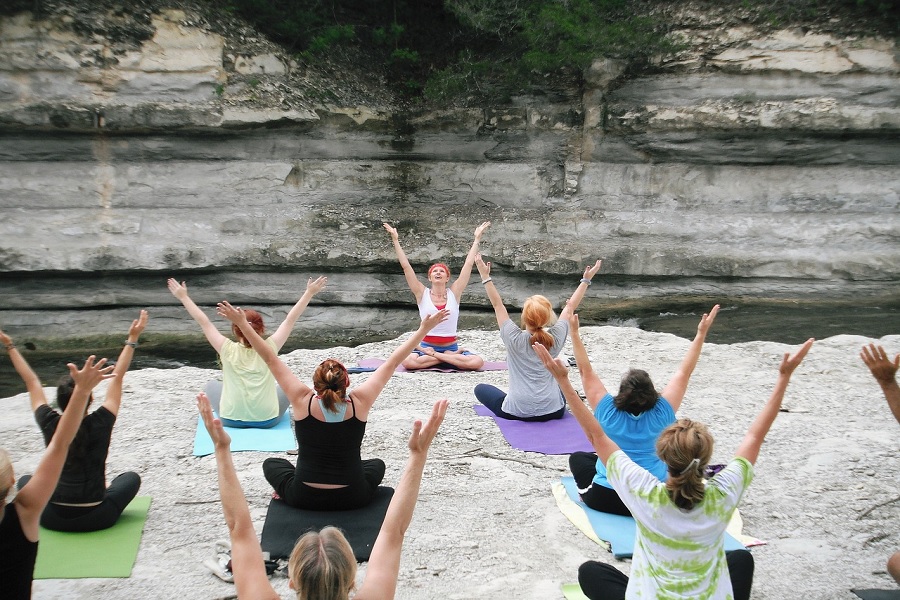Health Tourism for Thermal Tourism: A Soothing Journey to Wellness

Thermal tourism is rapidly gaining popularity among wellness enthusiasts seeking natural healing and relaxation through the therapeutic benefits of hot springs and mineral-rich waters. This type of health tourism focuses on the use of thermal waters, known for their restorative properties, to promote physical and mental well-being. Thermal spas and resorts, often located in scenic destinations, offer travelers a peaceful environment to unwind and rejuvenate.
1. The Healing Power of Hot Springs Hot springs have been used for centuries across cultures for their therapeutic qualities. The minerals found in thermal waters, such as sulfur, calcium, and magnesium, are believed to have healing properties that can help improve circulation, reduce stress, alleviate pain, and detoxify the body. Many thermal spas offer a variety of baths, from soothing warm pools to invigorating cold baths, to cater to different health needs.
2. Thermal Resorts and Spas: A Wellness Retreat Thermal resorts and spas are designed to provide an all-encompassing wellness experience. These establishments often offer a combination of thermal baths, massage therapies, body treatments, and other wellness services. Visitors can enjoy hot springs, saunas, and steam rooms while also indulging in healthy meals, yoga sessions, and mindfulness practices. Thermal resorts provide a holistic approach to health tourism, allowing guests to enhance both their physical and mental well-being in one serene location.
3. Detoxification and Stress Relief One of the most significant benefits of thermal tourism is its ability to promote detoxification and stress relief. Soaking in mineral-rich thermal waters can help flush toxins from the body, reduce muscle tension, and boost the immune system. The calming effects of these treatments help travelers disconnect from their busy lives and focus on self-care, mental relaxation, and mindfulness.
4. Rejuvenation of Skin and Joints The minerals in thermal waters, particularly sulfur and silica, are known for their benefits to skin health. These minerals can promote healing, improve skin texture, and reduce conditions such as eczema and psoriasis. Additionally, the heat from the water helps soothe sore joints and muscles, providing relief for conditions like arthritis or sports injuries. Regular thermal baths can also aid in the rehabilitation of physical ailments, enhancing flexibility and reducing discomfort.
5. Popular Thermal Tourism Destinations Countries around the world have embraced thermal tourism, offering a diverse range of destinations where visitors can experience the benefits of thermal waters. Some of the most popular thermal tourism locations include:
Hungary: Known for its abundance of thermal spas, including the famous Széchenyi Thermal Bath in Budapest.
Iceland: The Blue Lagoon, a world-renowned spa, offers visitors the opportunity to soak in geothermal waters amidst stunning landscapes.
Japan: Onsen hot springs are an integral part of Japanese culture, offering travelers the chance to relax in therapeutic waters while enjoying picturesque natural settings.
Turkey: Pamukkale, with its stunning white travertine terraces, is a popular thermal destination, offering hot springs with natural healing properties.
6. Sustainable Thermal Tourism As health tourism continues to grow, so does the importance of sustainability in these experiences. Many thermal resorts are adopting eco-friendly practices, including utilizing renewable energy sources, implementing water-saving measures, and ensuring the preservation of natural thermal springs. Sustainable thermal tourism focuses on maintaining the delicate balance between wellness and environmental responsibility, ensuring that these natural resources are available for future generations.




















